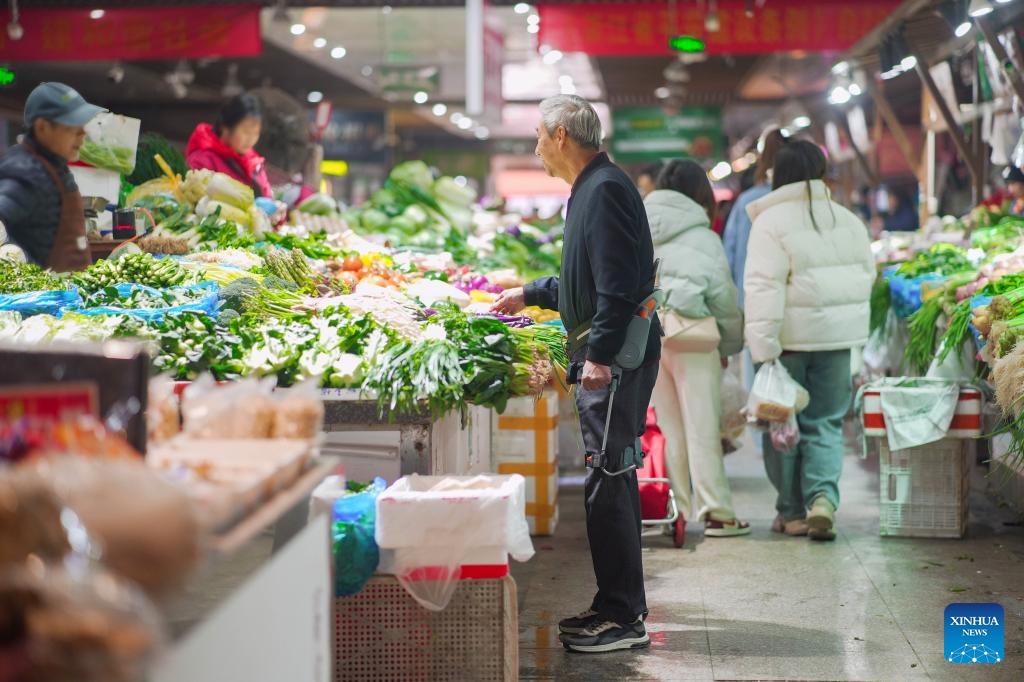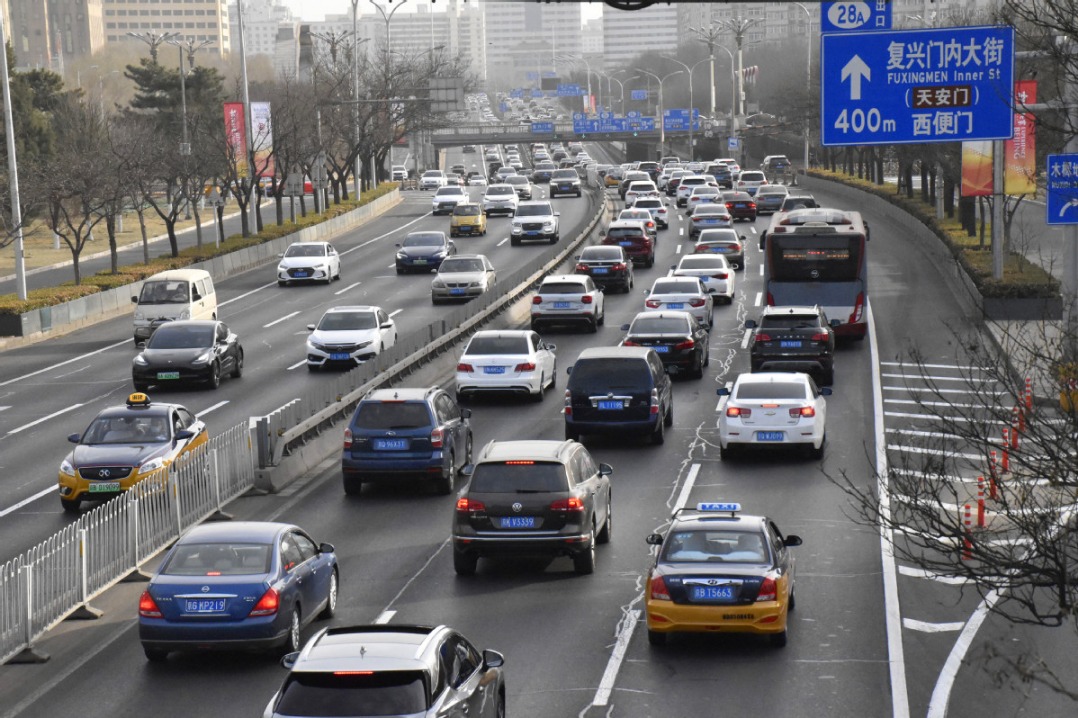Manufacturing stays on stable footing in August
By Xin Zhiming and Wang Yanfei | China Daily | Updated: 2017-09-01 07:55
 |
| A technician tests a bicycle frame at a bike-manufacturing company in Lianyungang, Jiangsu province. [Geng Yue/for China Daily] |
Index rose to 51.7 last month from 51.4 in July, amid tighter regulation, rising profits
China's manufacturing sector activity, measured by the Purchasing Managers' Index, continued to improve in August, and analysts said the rising index shows the economy remains on track and the country may register stable growth in the third quarter.The index, which reflects market players' expectations of the health of manufacturing industries, rose to 51.7 last month from 51.4 in July, according to the National Bureau of Statistics on Thursday.
A reading above 50 indicates growth, while one below it signals contraction.
The index was the second highest this year, according to the bureau.
Supply and demand in the manufacturing sector, measured by the sub-indexes of production and new orders, which were 54.1 and 53.1, respectively, remained robust, the bureau said. Imports and equipment manufacturing expanded last month.
The ongoing supply-side structural reform, which has reduced excessive production capacity in some industries, such as steel and nonferrous metals, has pushed up raw material prices and raised the profit levels of the enterprises involved, the bureau said.
"The manufacturing sector has maintained its stable and improving development trend," said Zhao Qinghe, a senior official at the bureau, in a statement published at its official website.
Analysts said the August data show that the Chinese economy has remained on track despite the activity dampening and a tightening of financial regulation.
"The manufacturing PMI has been above 51 for 10 consecutive months, indicating that the operation of manufacturing enterprises has significantly improved," said Zhang Yiping, an analyst with China Merchants Securities. The impact of financial regulation on the real economy has largely been offset by the positive effect of the supply-side structural reform, Zhang said.
Zhang added that PMI averaged at 51.55 in July and August, 0.35 higher than that in the first two months of the second quarter. "It indicates that growth of the national economy may continue to be improving, and the possibility is rising that GDP growth in the third quarter could be at the same level as in the first half."
China's GDP growth reached a faster-than-expected 6.9 percent in the first half and looks set to meet its growth target of around 6.5 percent for this year. But some economists warned that growth could moderate in the second half due to the cooling of the real estate sector as a result of tightened government controls.
























